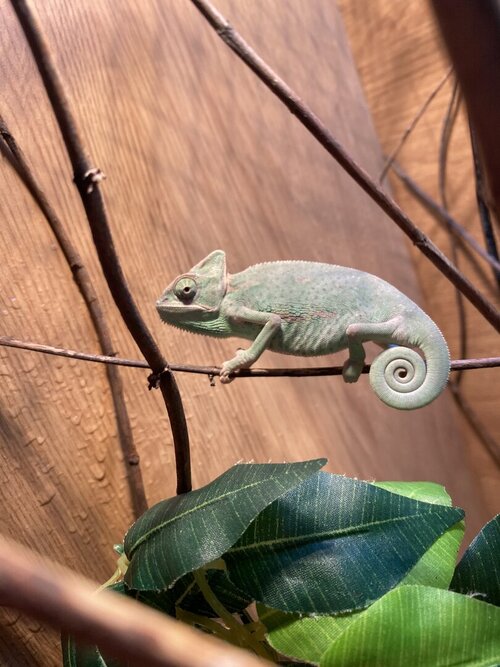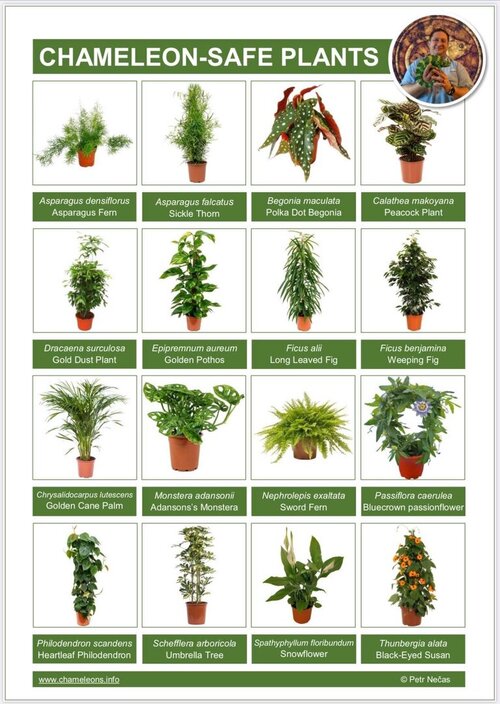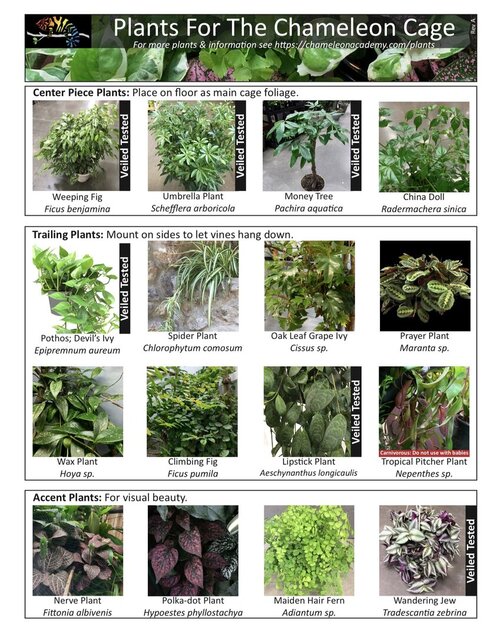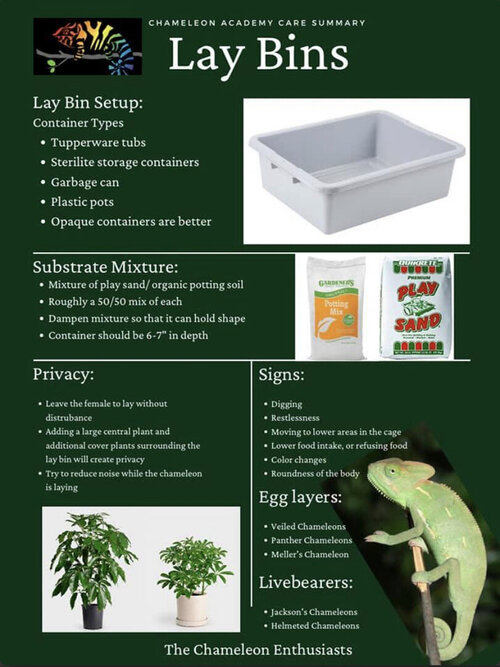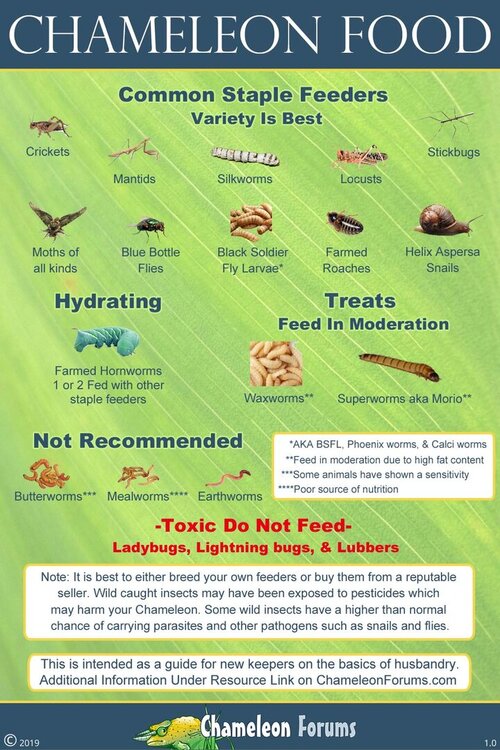Jakob.lloyd87
New Member
Hi guys
So I bought my first chameleon about a week ago and she is round about 4 months old, she was fine the first few days I had her she ate a lot and moved around a lot but after the five day mark she’s been less active, I’ve never seen her faeces and her urate was half yellow half white so I know she’s dehydrated, I’ve been trying to get her to drink, I hand mist everyday and try to keep the humidity at about 45%, her basking spot is about 80F but she’s really starting to worry me as I woke up this morning and she was a really dark colour but now she’s gone back to light green, i can’t figure out how to get her to drink water, any help would be appreciated
So I bought my first chameleon about a week ago and she is round about 4 months old, she was fine the first few days I had her she ate a lot and moved around a lot but after the five day mark she’s been less active, I’ve never seen her faeces and her urate was half yellow half white so I know she’s dehydrated, I’ve been trying to get her to drink, I hand mist everyday and try to keep the humidity at about 45%, her basking spot is about 80F but she’s really starting to worry me as I woke up this morning and she was a really dark colour but now she’s gone back to light green, i can’t figure out how to get her to drink water, any help would be appreciated


